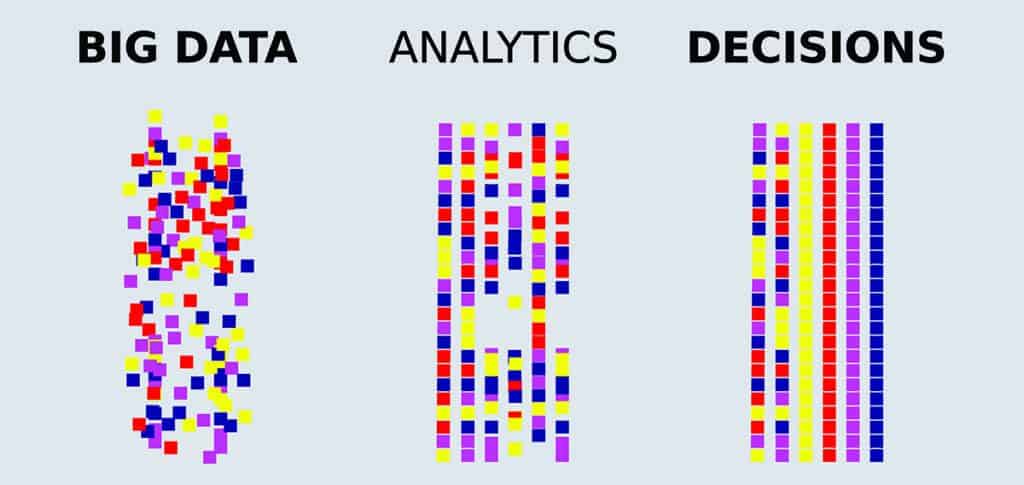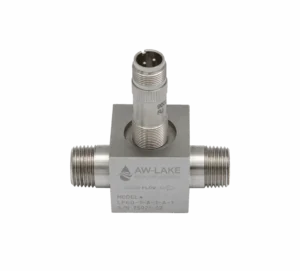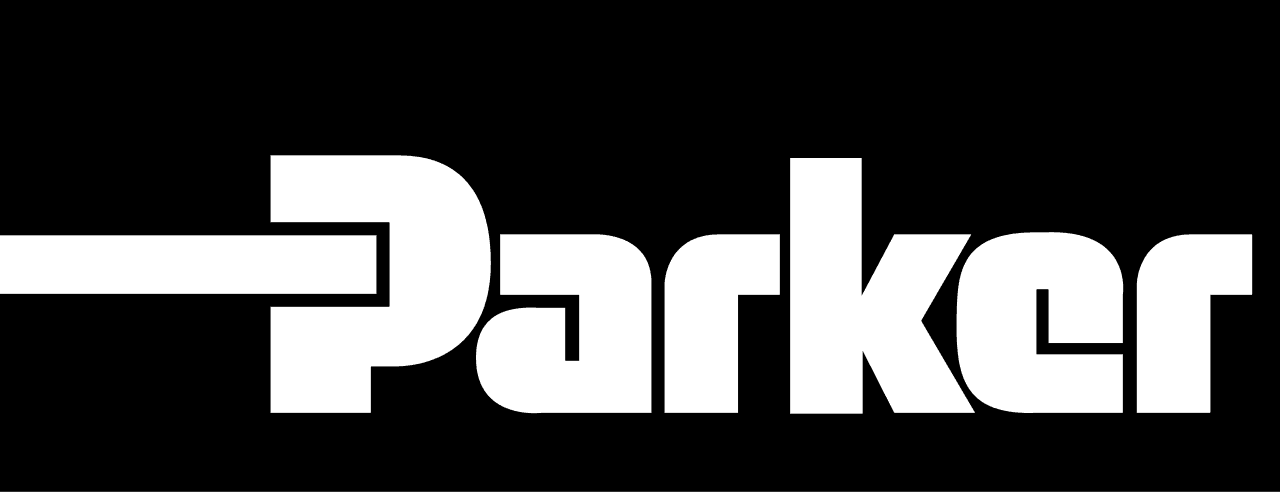Brendan Quigley | November 2nd, 2017
The purpose of this blog is to bring awareness to the advances of the IoT (Internet of Things)and IIoT (Industrial Internet of Things) and to initiate conversations among different groups within an organization to better understand the direct impact of IIoT on their company’s success.
How Does IIoT Relate To Your Business?
If you are feeling the tide of interconnectivity rising in your organization but do not have a clear picture of what it means to you, you are not alone. The MPI Group did an IoT study in 2015 encompassing 350 manufacturers. Here are the results of one question that asked participants to rate the level of company-wide understanding of how IoT relates to their business:
- 5% had a significant level of understanding of IoT implications.
- 28% had some company-wide understanding of IoT implications.
- 43% had limited company-wide understanding of IoT implications.
- 24% had no understanding of IoT Implications of IoT implications.
Where does your company rank in this spectrum? If you think it is in the lower two-thirds, do you think your competition could be gaining on you by utilizing the benefits of IIoT throughout their organization and processes?
While that could be a sobering thought to promote action, the good news is that there are now ways to find those answers, and you will still be ahead of the curve if you do.
IIoT Affects Everyone
Before the rapidly developing interconnectivity of networks, people, machines, and smart devices started impacting every aspect of our lives, the engineering, business, and IT departments in a plant, university, or city could exist with relatively little interaction. As technology improvements made day-to-day internal tasks automated for the various departments, workers had the opportunity to do more in less time.
Some of the systems that allowed departmental operational improvements include:
- MES — Manufacturing Execution System
- ERP — Enterprise Resource Planning
- OEE — Overall Equipment Effectiveness
- EHS — Environment, Health, and Safety
- SCADA — Supervisory Control and Data Acquisition
- QA/QC — Quality Assurance and Quality Control
- EMS — Energy Management System
By getting these various systems established, industrial facilities, college campuses, and cities have been able to realize the benefits of automating certain practices like monitoring and controlling equipment, testing products, alarming or notifying when faults occur, tracking inventory and productivity, and in some cases, collecting data and generating reports.
By freeing up labor time used in monitoring and generating any of that higher-level information, personnel can now go deeper in an analysis to determine predictive maintenance, inventory planning, production trends, security, energy usage and billing, quality metrics, and other key indicators.
Tackling Big Data

While some automation for data collection, gathering, and analysis is better than none, keeping it all in silos is like going to three different doctors for a health evaluation. They each look at a specific part – an arm, a leg, an ear – but they do not communicate their findings for a comprehensive exam. While separately all the parts might seem fine, how much information is lost by not having them share their findings? If the three doctors collaborated, a better diagnosis could be made.
We are fortunate, then, that tech developers did not stop with the departments being happy with the systems information residing solely in their own domains. There had to be a way to allow the company as a whole to benefit more from the mountain of information being overlooked. Eventually, new and existing companies provided options. With the expanded capabilities of IIoT, along with secure networks, and smart devices and machines available to organizations today, the possibility of having both deeper insight and wider view of their company is greater than ever.
The benefits to making use of the Big Data generated by a facility is just one of the potential reasons why 71% of the manufacturers in the MPI Group report expect IoT to either have some impact or significant impact on their business in the next five years. Surprisingly though, less than a third of companies (32%) have either developed or implemented a strategy for IoT. If implementing IoT strategies could reduce report generation time and give you more clarity in key indicators for the business, why would companies delay in planning for this?
One of the obstacles for engineering managers in factories with obsolete controllers like the PLC-5 and others is the perception that they will gain more exposure to hackers once everything is connected. The company may have a false sense of security with 30-year-old controllers than getting everything connected on newer platforms. The problem with that sense of security is that the older hardware and software does not allow them to have a clear view into what is really happening in the programs. There could be a lot going on that is undetected, but since it has run that way for so long, nobody knows better.
To counter this resistance, developers focusing on the IoT and IIoT have created ways to safely connect these various systems to make greater use of all the Big Data generated. After all, what’s the use of storing data if it is not being used for strategic purposes? How it all gets connected is a topic for another day, but it is safe to say each solution for each organization is unique and should be handled only after careful evaluation and planning. To ensure the best result, consider working with an industry partner familiar with these kinds of initiatives. They could assist with the early evaluations and goal setting that could keep the project moving on the right track.
Next Steps
As a result of the IIoT movement gaining momentum, we can no longer say, “That only affects Department A, B, or C.” All the buzz going on about IoT and IIoT across departments and industries is not a passing fad but a maturing reality. The sooner you start exploring the impact of it on your role and your company, the better suited you will be to adapt and thrive in it.
Don’t be afraid to reach out to industry experts that can help point you in the right direction. Your plant DCS systems may have some solutions in the IIoT realm and there are many other alternatives in the market that may be a good starting point for your particular situation. Since a lot of the solutions may have certain niche areas, it is worthwhile to see several options before selecting a path forward. Finding a consultant that can help you evaluate options is a great way to begin and you can also get started by joining a conversation in an IIoT Group on LinkedIn or searching for podcasts on the topic.








